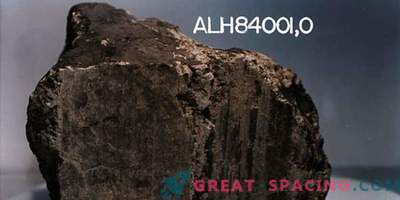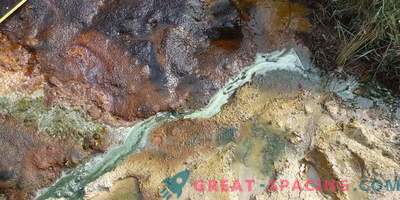
Iron-rich rocks near ancient lake objects on Mars may hint at the existence of life. Researchers say that these rocks created in lakes are the best place to search for fossil evidence of life billions of years ago.
A new study sheds light on where the fossils are preserved, and can help find traces of tiny creatures called microbes on the Red Planet. It is believed that Mars supported primitive life forms about 4 billion years ago.
A team of scientists determined that sedimentary rocks created from compacted mud or clay are most likely to contain fossils. These rocks are rich in iron and silica to help preserve fossils. They were formed in the period of the Noisch era (3-4 billion years ago). At that time, the surface of the planet was covered with water, which could support life. Interestingly, the stones are much better preserved than those on Earth. This is due to the fact that there is no plate tectonics on Mars - the movement of giant stony plates that form the crust of some planets. Researchers studied terrestrial fossils and evaluated the results of laboratory experiments, replicating Martian conditions to identify the most promising objects for the study of ancient life.
The results will help the next NASA mission, which will be devoted to finding evidence of past life. Mars 2020 will collect rock samples that will be delivered to Earth for analysis. In the coming years, a similar mission was planned for ESA.











































